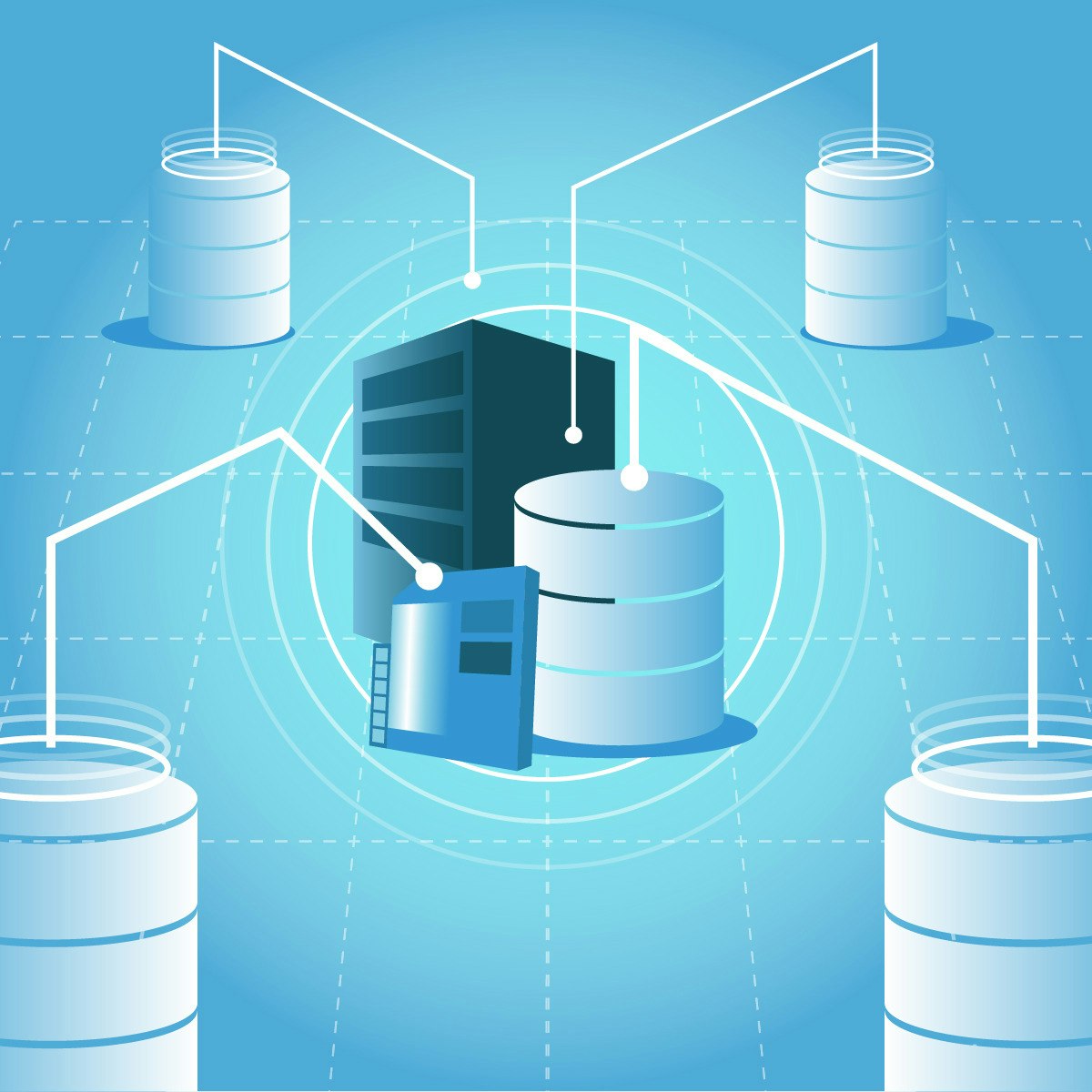Back to Courses









Data Management Courses - Page 39
Showing results 381-390 of 399

Database Engineer Capstone
In this course, you will demonstrate your new skillset by designing and composing a database solution.
By the end of this course, you’ll be able to:
- Build a MySQL database solution
- Model data from a web app to design a database solution
- Build stored procedures for a web app
- Create database admin utility apps with Python
- Gather and utilize project resources
- Deploy level-up ideas to enhance the scope of a database project
You’ll gain experience with the following tools and software:
- Python utilities
- Project management tools
- Django API development software
- MySQL testing tools
- Application development resources
- Project Management
- Application development
- Database solutions
- Django
- MySQL

Database Clients
Explore how to write database driven applications in Python by creating various types of clients that connect to MySQL databases using Python code and Python-related MySQL features and tools.
By the end of this course, you’ll be able to:
- Utilize Python code to create, populate and manipulate MySQL databases and tables
- Access advanced functionality in MySQL using custom built Python clients
- Develop working familiarity with advanced topics in MySQL
- Apply the principles of advanced MySQL topics to problem solving using Python
- Develop a working knowledge of the methods by which a MySQL database connects to the web via a Django API
- Create a useful Python application capable of administration of a MySQL database
You’ll gain experience with the following tools and software:
- Python code
- Python-related MySQL features and tools
- Django REST framework
- _meta API

Fundamentals of Database Systems
In this project you will learn to identify the components of a database system, also sometimes referred to as an information system. As you examine a database system and diagram a database, you will gain an understanding of how those components interact and fit together. The overall purpose of the database system is to store and provide access to secure, relevant, timely, accurate data which can be presented as information used for making business decisions. Whether you are in Information Technology or an end user, understanding how data is used by your organization makes you a more valuable employee. This project now has an optional challenge activity and an optional capstone activity to give you opportunities for extra review and practice!

Advanced Models for Decision Making
Business analysts need to be able to prescribe optimal solution to problems. But analytics courses are often focused on training students in data analysis and visualization, not so much in helping them figure out how to take the available data and pair that with the right mathematical model to formulate a solution. This course is designed to connect data and models to real world decision-making scenarios in manufacturing, supply chain, finance, human resource management, etc. In particular, we understand how linear optimization - a prescriptive analytics method - can be used to formulate decision problems and provide data-based optimal solutions. Throughout this course we will work on applied problems in different industries, such as:
(a) Finance Decisions: How should an investment manager create an optimal portfolio that maximizes net returns while not taking too much risks across various investments?
(b) Production Decisions: Given projected demand, supply of raw materials, and transportation costs, what would be the optimal volume of products to manufacture at different plant locations?
(c) HR Decisions: How many workers need to be hired or terminated over a planning horizon to minimize cost while meeting operational needs of a company?
(c) Manufacturing: What would be the profit maximizing product mix that should be produced, given the raw material availability and customer demand?
We will learn how to formulate these problems as mathematical models and solve them using Excel spreadsheet.

Classify Text into Categories with the Natural Language API
This is a self-paced lab that takes place in the Google Cloud console. In this lab you’ll learn how to classify text into categories using the Natural Language API.

Build a Budget and Analyze Variance using Google Sheets
By the end of this project, you will be able to build a simple budget using Google Sheets. You will be able to easily capture variances and identify trends. You will be able to format your budget, identify and communicate drivers of variances and make the budget presentable.
Note: This course works best for learners who are based in the North America region. We’re currently working on providing the same experience in other regions.

Foundations: Data, Data, Everywhere
This is the first course in the Google Data Analytics Certificate. These courses will equip you with the skills you need to apply to introductory-level data analyst jobs. Organizations of all kinds need data analysts to help them improve their processes, identify opportunities and trends, launch new products, and make thoughtful decisions. In this course, you’ll be introduced to the world of data analytics through hands-on curriculum developed by Google. The material shared covers plenty of key data analytics topics, and it’s designed to give you an overview of what’s to come in the Google Data Analytics Certificate. Current Google data analysts will instruct and provide you with hands-on ways to accomplish common data analyst tasks with the best tools and resources.
Learners who complete this certificate program will be equipped to apply for introductory-level jobs as data analysts. No previous experience is necessary.
By the end of this course, you will:
- Gain an understanding of the practices and processes used by a junior or associate data analyst in their day-to-day job.
- Learn about key analytical skills (data cleaning, data analysis, data visualization) and tools (spreadsheets, SQL, R programming, Tableau) that you can add to your professional toolbox.
- Discover a wide variety of terms and concepts relevant to the role of a junior data analyst, such as the data life cycle and the data analysis process.
- Evaluate the role of analytics in the data ecosystem.
- Conduct an analytical thinking self-assessment.
- Explore job opportunities available to you upon program completion, and learn about best practices in the job search.

Implement the User Experience for your AppSheet App
This is a Google Cloud Self-Paced Lab.. In this lab, you'll use AppSheet to implement the UX components in your app.

Data Warehousing and Business Intelligence
This course builds on “The Nature of Data and Relational Database Design” to extend the process of capturing and manipulating data through data warehousing and data mining. Once the transactional data is processed through ETL (Extract, Transform, Load), it is then stored in a data warehouse for use in managerial decision making. Data mining is one of the key enablers in the process of converting data stored in a data warehouse into actionable insight for better and faster decision making.
By the end of this course, students will be able to explain data warehousing and how it is used for business intelligence, explain different data warehousing architectures and multidimensional data modeling, and develop predictive data mining models, including classification and estimation models. IN addition, students will be able to develop explanatory data mining models, including clustering and association models.

Leveraging Amazon S3 as Google Cloud CDN Origin
This is a self-paced lab that takes place in the Google Cloud console.
In this lab, you set up an Amazon Simple Storage Service (S3) as an origin for Cloud CDN
Popular Internships and Jobs by Categories
Browse
© 2024 BoostGrad | All rights reserved


